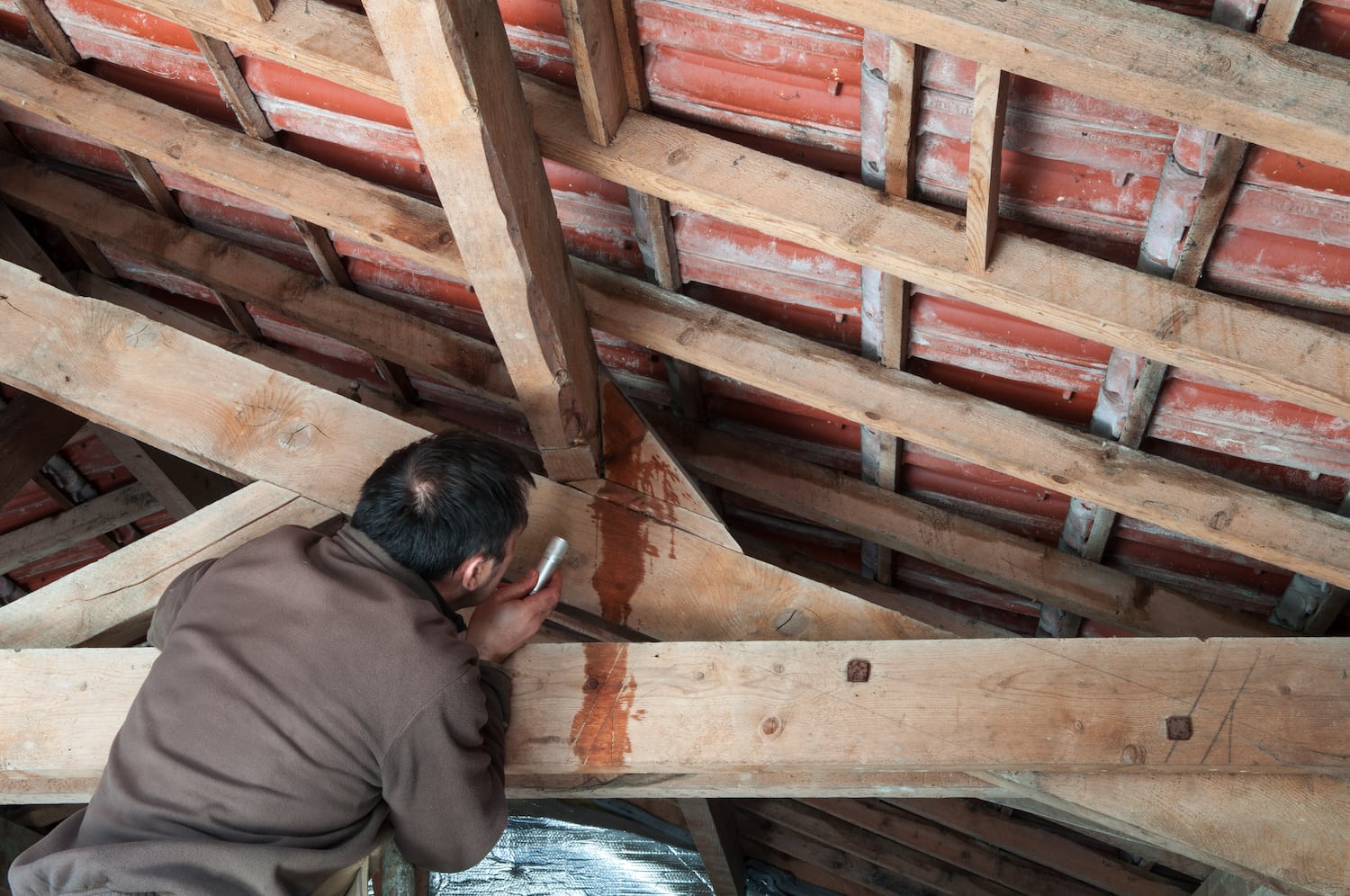

Articles
How To Fix A Leak In The Attic
Modified: August 31, 2024
Discover effective solutions for dealing with a leak in your attic in our informative articles. Protect your home and prevent further damage by taking swift action.
(Many of the links in this article redirect to a specific reviewed product. Your purchase of these products through affiliate links helps to generate commission for Storables.com, at no extra cost. Learn more)
Introduction
A leak in the attic can be a homeowner’s worst nightmare. Not only does it pose a threat to the structural integrity of your home, but it can also lead to costly repairs and damage to your belongings. Whether you’re dealing with a minor drip or a major water intrusion, it’s crucial to address the issue promptly to prevent further damage. In this article, we will explore the signs of a leak in the attic, the causes behind it, temporary solutions to manage the situation, the importance of hiring a professional, and preventive measures to avoid future leaks.
Key Takeaways:
- Promptly addressing attic leaks through early detection, professional assistance, and preventive measures can prevent extensive damage and costly repairs, preserving the integrity and value of your home.
- Temporary solutions like tarps and buckets provide short-term relief, but hiring a professional is crucial for long-lasting repairs. Regular maintenance and preventive measures can significantly reduce the risk of future attic leaks.
Read more: How To Find A Roof Leak With No Attic
Signs of a Leak in the Attic
Identifying the signs of a leak in the attic is essential for early detection and timely action. Ignoring the symptoms can lead to significant damage to your home’s structure and potential health hazards. Here are some common signs to watch out for:
- Water stains or discoloration: One of the most visible indications of an attic leak is water stains or discoloration on the ceiling or walls. These stains can range from light yellow to dark brown and may expand over time if the leak persists.
- Mold or mildew growth: A leaky attic creates a moist environment, making it an ideal breeding ground for mold and mildew. If you notice a musty smell or see any fuzzy patches on walls or ceilings, it’s likely a sign of water infiltration.
- Dripping water or puddles: If you see actual water dripping from the ceiling or notice puddles in the attic, it’s a clear sign of a significant leak. Immediate action is necessary to prevent further damage.
- Damp insulation: Wet or damp insulation in the attic is a sign that water has penetrated the roof. Carefully examine the insulation for any signs of moisture, as it can lead to reduced effectiveness and potential rotting.
- Water damage on belongings: Take note of any water damage on stored items in the attic. If you notice dampness, mold growth, or water stains on your belongings, it’s an indication that a leak is present.
It’s important to remember that attic leaks can originate from various sources, including roof damage, plumbing issues, condensation, or inadequate ventilation. Properly identifying the signs will help you narrow down the source of the leak and facilitate necessary repairs.
Causes of Attic Leaks
Attic leaks can occur due to various factors, and understanding the underlying causes is crucial for effective repair and prevention. Here are some common causes of attic leaks:
- Roof damage: A damaged roof is one of the primary culprits behind attic leaks. Missing or cracked shingles, damaged flashing, or deteriorated roof vents can allow water to seep through and infiltrate the attic.
- Improper installation: If the roof or any of its components were not installed correctly, it can lead to potential leaks. Poor installation of roofing materials, flashing, or underlayment can compromise the integrity of the roof and allow water penetration.
- Clogged gutters: When gutters become clogged with debris such as leaves, twigs, or dirt, water can overflow and back up onto the roof. This overflow can then seep into the attic, causing leaks.
- Condensation: Improper ventilation or insulation in the attic can result in condensation buildup. This moisture can lead to mold growth, rotting wood, and eventually, leaks. Proper airflow and insulation are essential to prevent condensation-related attic leaks.
- Plumbing issues: Leaky pipes or plumbing fixtures located near or within the attic can also cause water damage. If there are water supply lines, drain pipes, or plumbing vents in the attic, any leak or damage to these components can result in attic leaks.
- Ice dams: In colder climates, ice dams can form on the roof’s edge, preventing snowmelt from properly draining off the roof. The trapped water can then seep into the attic, causing leaks and water damage. Proper insulation and ventilation can help prevent ice dams.
It’s essential to identify the specific cause of the attic leak to implement the right repair strategies. In some cases, a professional inspection may be required to accurately determine the source of the problem and develop an effective solution.
Assessing the Damage
Once you’ve identified a leak in your attic, it’s important to assess the extent of the damage. Assessing the damage will help you determine the necessary steps for repair and restoration. Here are some key aspects to consider when assessing attic leaks:
- Location: Determine the exact location of the leak in the attic. Is it coming from a specific area of the roof? Is it near a vent or a plumbing fixture? Identifying the source will assist in targeting the repair efforts.
- Extent of water damage: Evaluate the extent of water damage to the attic structure, insulation, and any stored belongings. Look for signs of mold growth, rotting wood, or damaged insulation. Assess the severity of the damage to determine the necessary repairs.
- Impact on electrical systems: If water has come into contact with electrical wiring or fixtures in the attic, it poses a serious safety hazard. Consult with a qualified electrician to assess the condition of the electrical systems and address any necessary repairs.
- Assessing the roof: While focusing on the attic, don’t forget to inspect the roof from the exterior. Look for any visible signs of damage such as missing or damaged shingles, worn-out flashing, or sagging sections. These roof issues may be contributing to the attic leak.
- Documenting the damage: Take photographs or videos of the affected areas in the attic and any visible exterior damage. This documentation will be helpful for insurance claims and communicating with professionals during the repair process.
Assessing the damage will provide you with a clear picture of the necessary repairs and help you communicate effectively with professionals you may hire for the job. Keep in mind that attic leaks can cause hidden damage, so it’s important to thoroughly inspect your attic and surrounding areas to ensure a comprehensive evaluation.
Inspect the attic for the source of the leak, such as damaged roof shingles or a cracked pipe. Address the issue promptly to prevent further damage to your home.
Temporary Solutions for Attic Leaks
When you discover a leak in your attic, it’s crucial to take immediate action to prevent further damage while you arrange for permanent repairs. While temporary solutions won’t fix the underlying cause of the leak, they can help minimize the impact and provide temporary relief. Here are some temporary solutions for attic leaks:
- Tarps or plastic sheets: Cover the affected area with a tarp or plastic sheet to prevent water from dripping onto your belongings. Secure the cover tightly to prevent further water infiltration.
- Buckets or containers: Place buckets or containers strategically to catch dripping water and prevent it from spreading to other areas of the attic. Empty them regularly to avoid overflow.
- Sealant or roofing cement: Depending on the location of the leak, you can apply sealant or roofing cement to temporarily patch the affected area. This can help slow down the water penetration until a professional can properly assess and repair the underlying issue.
- Clear debris from gutters: If the leak is caused by clogged gutters, clear out any debris to allow proper water flow. This can help prevent further backups and minimize the chances of water seeping into the attic.
- Enhance ventilation: If condensation is a culprit, improve attic ventilation by ensuring vents are unobstructed and air can circulate freely. This can help reduce moisture buildup and minimize the potential for leaks.
It’s important to keep in mind that these temporary solutions are meant to be short-term fixes. They are not a substitute for professional repairs, which should be promptly scheduled to address the underlying issues causing the attic leak.
Note: Always prioritize your safety when dealing with attic leaks. Avoid climbing onto the roof or attempting any repairs yourself if you are not experienced or comfortable with doing so. Seek professional help when necessary.
Read more: How To Fix A Leaking Washer
Hiring a Professional
While temporary solutions can provide temporary relief, hiring a professional is crucial to address the underlying cause of the attic leak and ensure a long-lasting solution. Here are some reasons why hiring a professional is important:
- Expertise and experience: A professional roofing contractor or a water damage restoration specialist has the necessary expertise and experience to identify the source of the leak and provide effective solutions. They are equipped with the knowledge to handle various types of leaks and can offer tailored repairs based on the specific needs of your attic.
- Proper tools and equipment: Professionals have access to the right tools, equipment, and materials needed for repairs. They can efficiently and safely address the issue without causing further damage to your home.
- Thorough inspection: Professionals will conduct a thorough inspection of the attic and roof to identify any hidden damage or underlying issues contributing to the leak. They can provide a comprehensive assessment and recommend the necessary repairs or replacements.
- Guaranteed work: Hiring professionals often comes with a warranty or guarantee for their work. This gives you peace of mind, knowing that if any issues arise after the repairs are completed, they will be addressed at no extra cost.
- Safety considerations: Working on a roof or inside an attic can be dangerous, especially if you’re not experienced or equipped with the proper safety gear. Professionals are trained to handle such tasks safely, minimizing the risk of accidents or injuries.
- Insurance coverage: In some cases, attic leaks may be covered by homeowners’ insurance policies. Professionals can assist you in documenting the damage and provide the necessary documentation for your insurance claim, maximizing your chances of reimbursement for repairs.
When hiring a professional, be sure to do your research and choose a reputable and licensed contractor or water damage restoration company. Seek recommendations from friends or family, read reviews, and request quotes from multiple professionals to ensure you find the right one for your needs.
Remember, addressing the underlying cause of the attic leak will not only prevent further damage but also protect the structural integrity of your home and preserve its value in the long run.
Preventing Future Attic Leaks
Preventing future attic leaks is essential to protect your home from water damage and costly repairs. Here are some preventive measures you can take to avoid future attic leaks:
- Maintain your roof: Regularly inspect your roof for any signs of damage, such as missing or damaged shingles, cracked flashing, or sagging sections. Address any issues promptly to prevent water infiltration.
- Clean and inspect gutters: Clean your gutters regularly to remove debris and prevent clogs. Inspect them for any damage and ensure that water can flow freely away from your roof.
- Improve attic ventilation: Proper attic ventilation is crucial to prevent condensation buildup. Ensure that vents are unobstructed and install additional vents if necessary to promote proper airflow.
- Insulate your attic: Proper insulation helps regulate temperature and prevent moisture buildup. Make sure your attic is properly insulated to minimize the risk of condensation and ice dams.
- Address plumbing issues: Regularly inspect and maintain plumbing fixtures in and around the attic. Fix any leaks or plumbing issues promptly to prevent water damage.
- Trim trees near the roof: Overhanging tree branches can rub against the roof and damage the shingles. Trim back any branches that are in contact with the roof to prevent potential damage and leaks.
- Schedule regular roof inspections: Consider scheduling annual or biannual roof inspections by a professional. They can identify any potential issues before they turn into major problems.
- Monitor attic humidity: Use a hygrometer to monitor the humidity levels in your attic. If the humidity is consistently high, it may indicate ventilation or insulation issues that need to be addressed.
By implementing these preventive measures, you can significantly reduce the risk of future attic leaks. Regular maintenance and timely repairs are key to preserving the integrity of your home and protecting it from water damage.
Remember, if you notice any signs of a leak or suspect an issue with your attic, it’s important to address it promptly. Ignoring the problem can lead to more extensive damage and higher repair costs.
Conclusion
Attic leaks can be a homeowner’s nightmare, but being proactive and taking immediate action can prevent further damage and costly repairs. Understanding the signs of a leak in the attic, identifying the causes, and assessing the damage are critical steps in addressing the issue effectively.
While temporary solutions can provide short-term relief, hiring a professional is essential to fix the underlying cause of the leak. Professionals have the expertise, experience, and proper tools to assess the problem accurately and provide the necessary repairs. Their work is often guaranteed, giving you peace of mind.
Preventing future attic leaks is equally important. Regular roof maintenance, proper attic ventilation, adequate insulation, and addressing plumbing issues are vital preventive measures. By implementing these measures, you can significantly reduce the chances of future leaks and ensure the long-term integrity of your home.
In conclusion, when it comes to attic leaks, early detection, prompt action, and professional assistance are crucial. Taking the necessary precautions and maintaining your home properly will help protect it from potential water damage and preserve its value.
Remember to address any signs of a leak promptly, assess the damage comprehensively, and consult with professionals to ensure proper repairs and preventive measures. By doing so, you can minimize the impact of attic leaks and maintain a safe and dry home for years to come.
Frequently Asked Questions about How To Fix A Leak In The Attic
Was this page helpful?
At Storables.com, we guarantee accurate and reliable information. Our content, validated by Expert Board Contributors, is crafted following stringent Editorial Policies. We're committed to providing you with well-researched, expert-backed insights for all your informational needs.
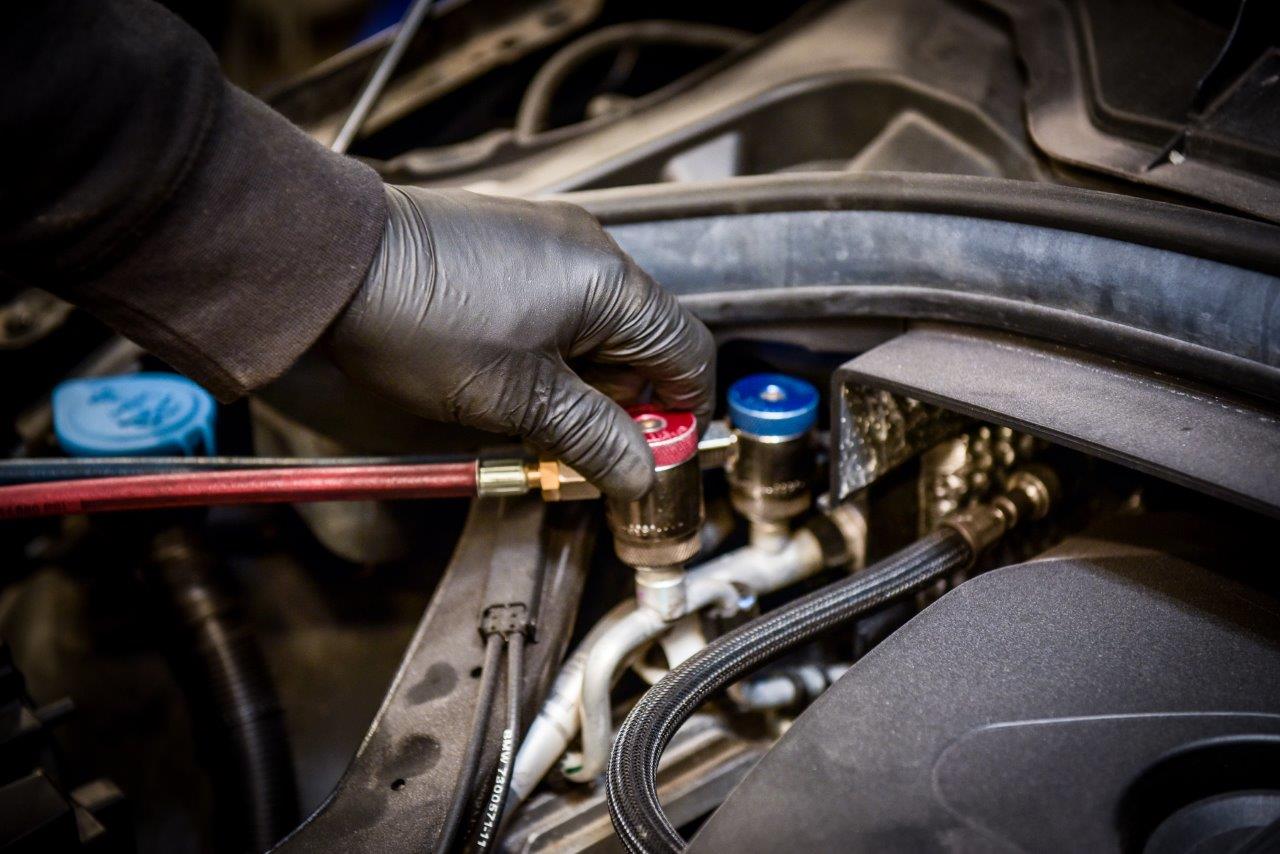
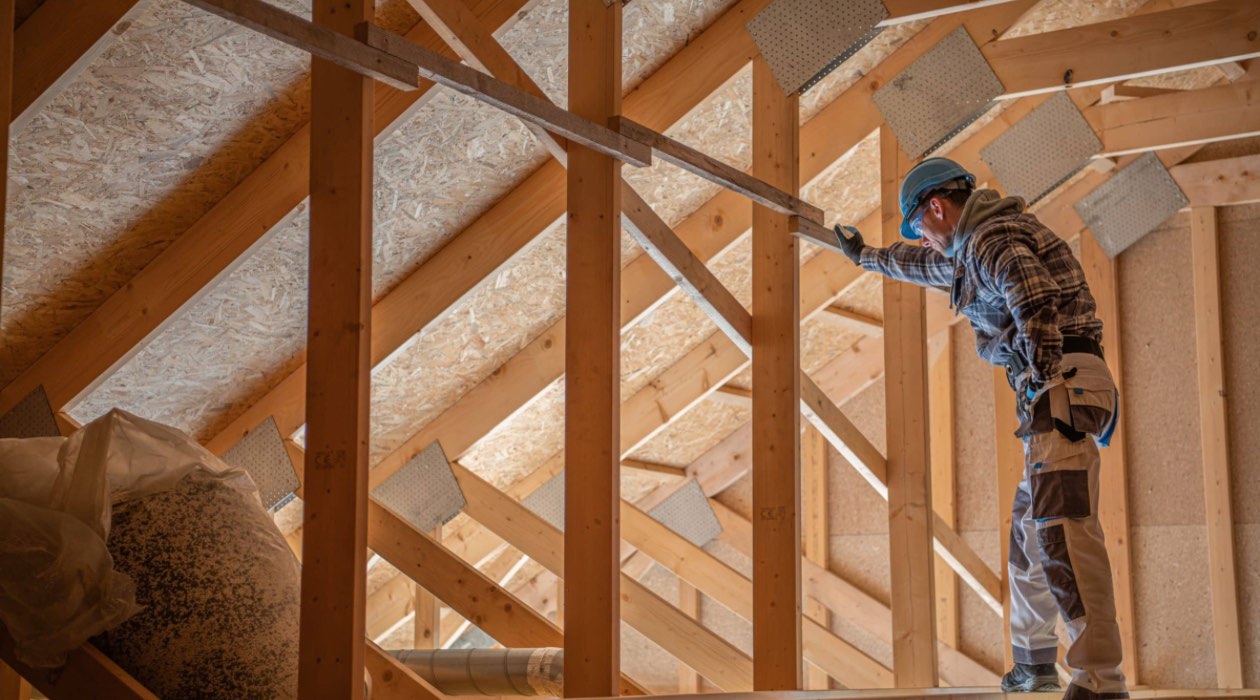
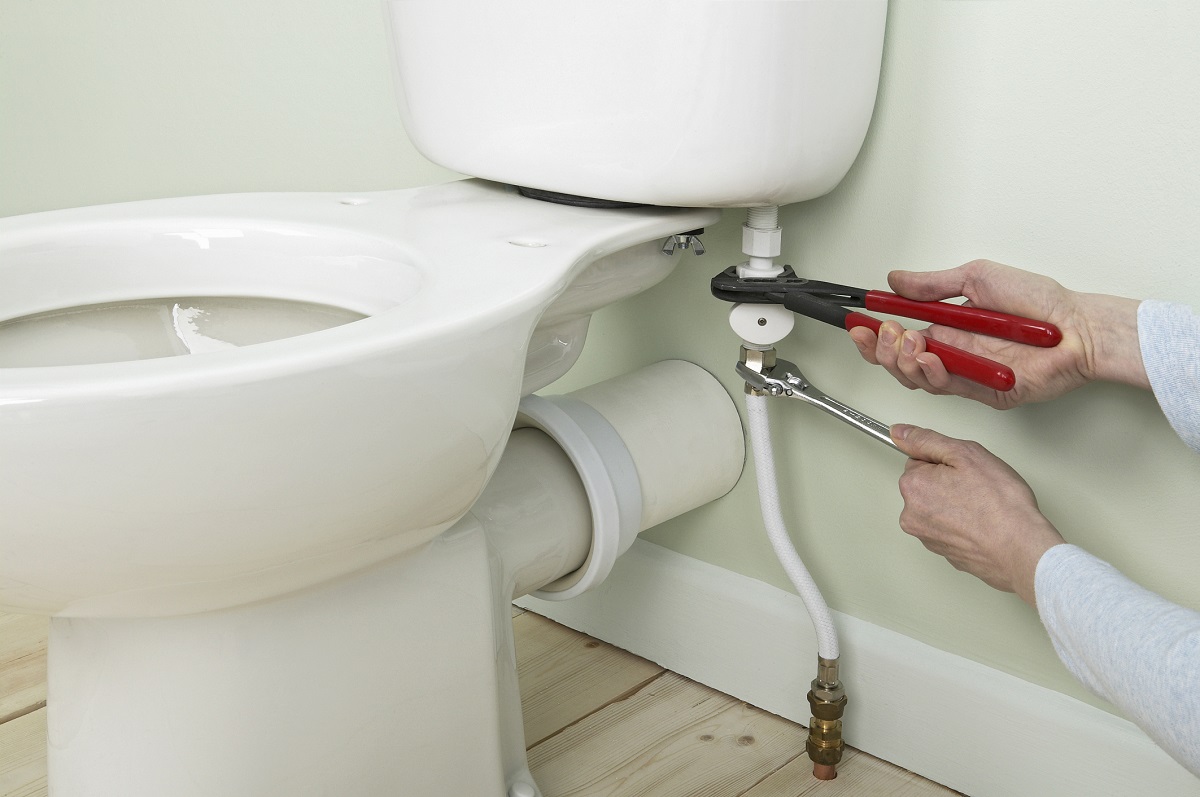
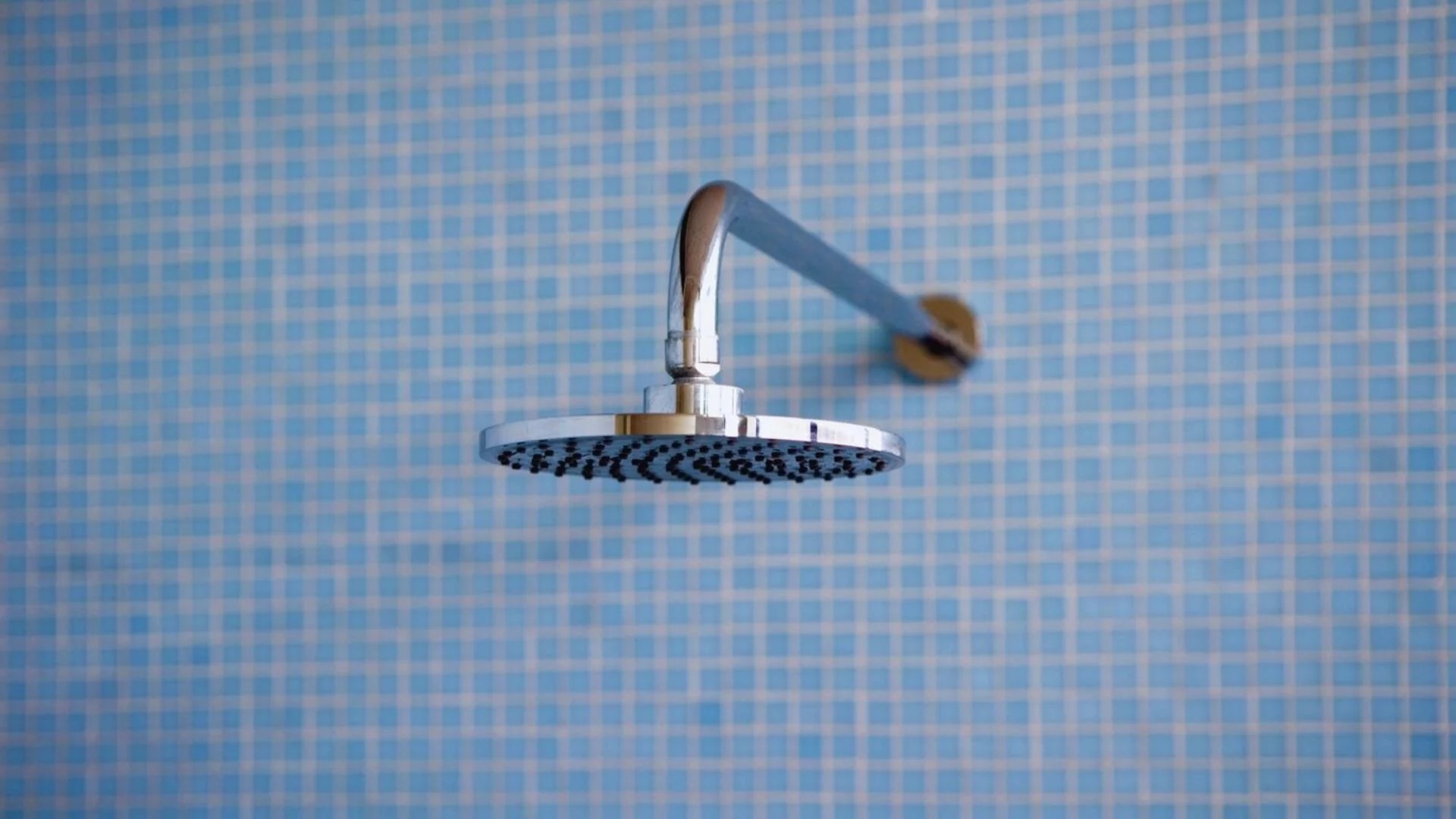
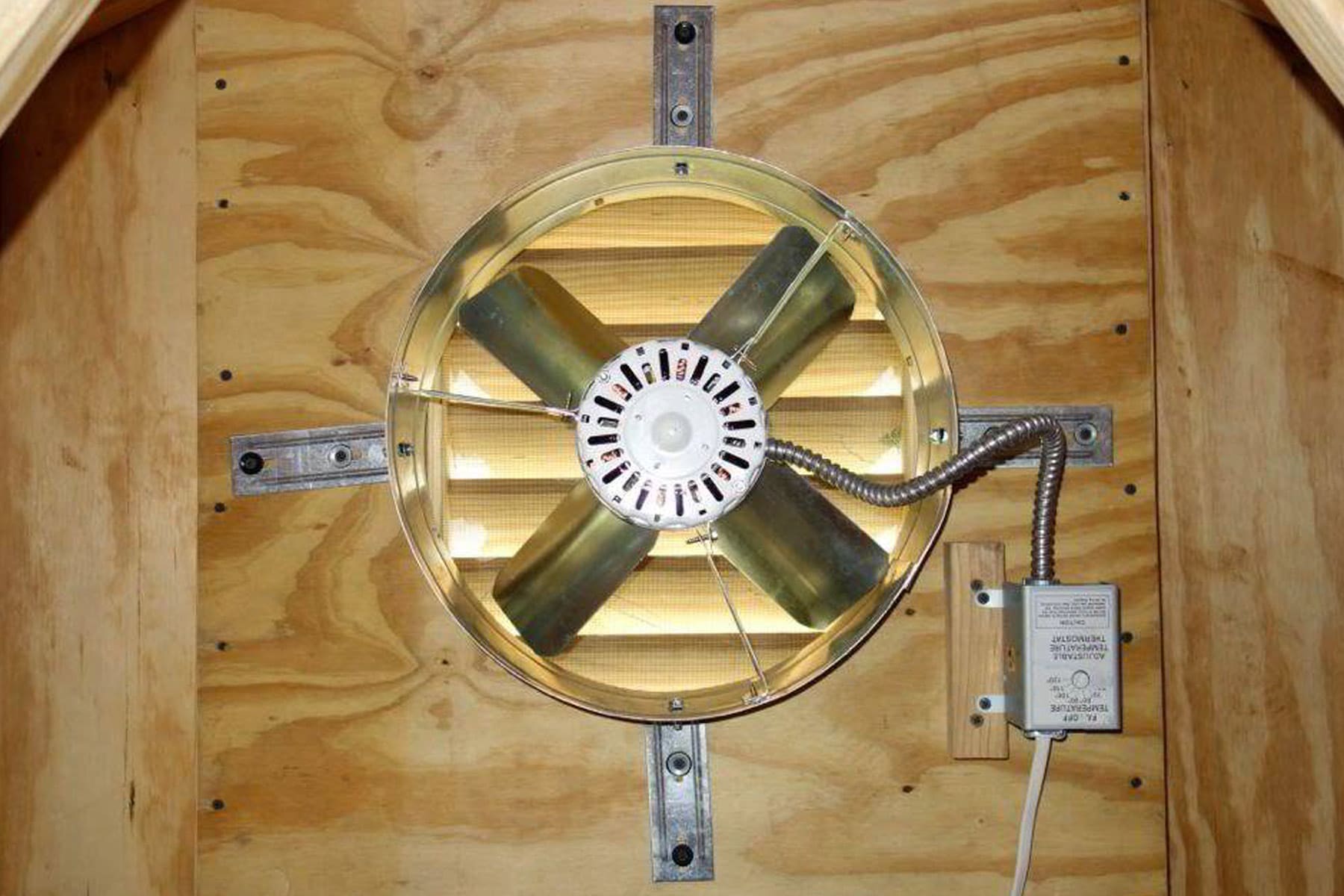
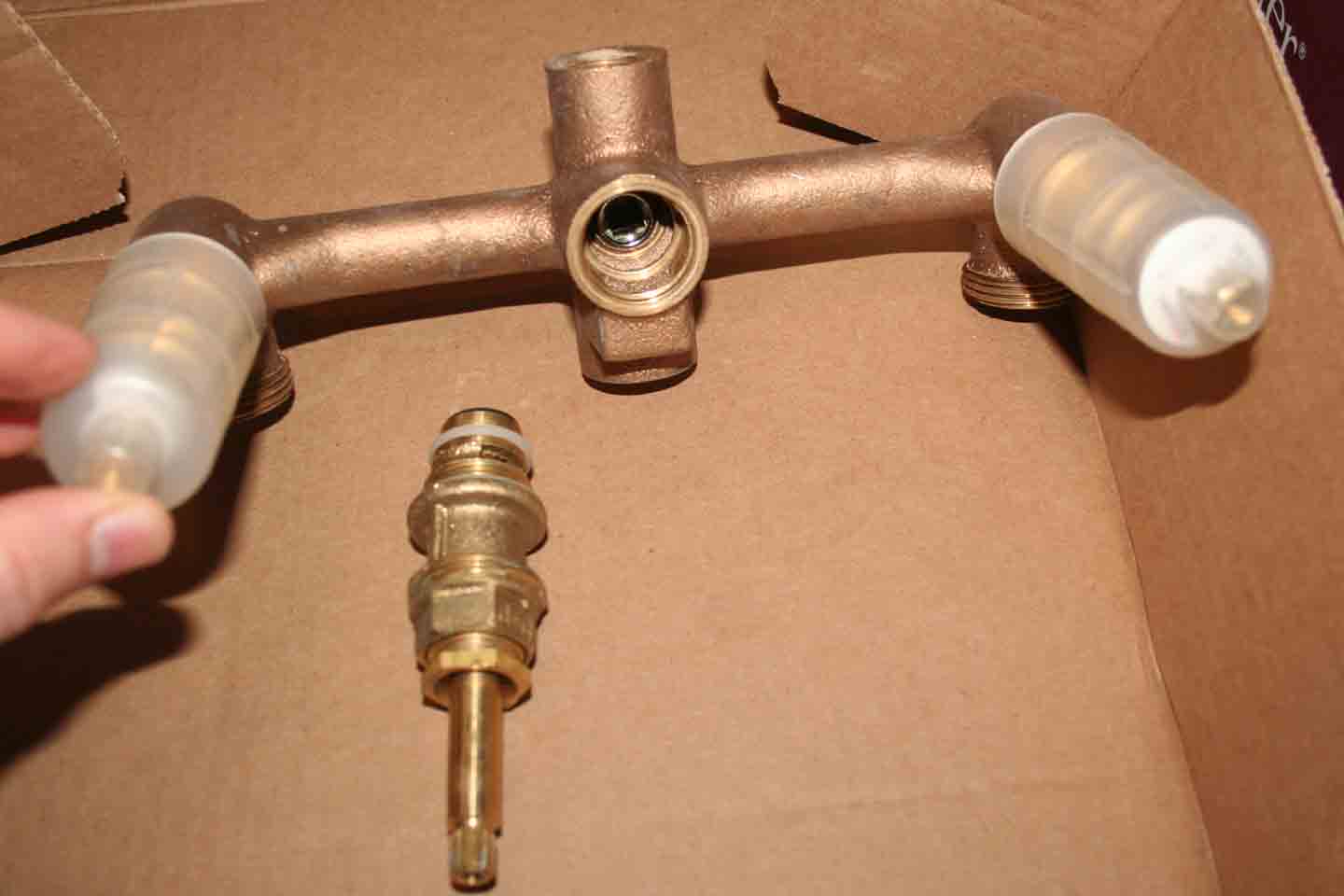
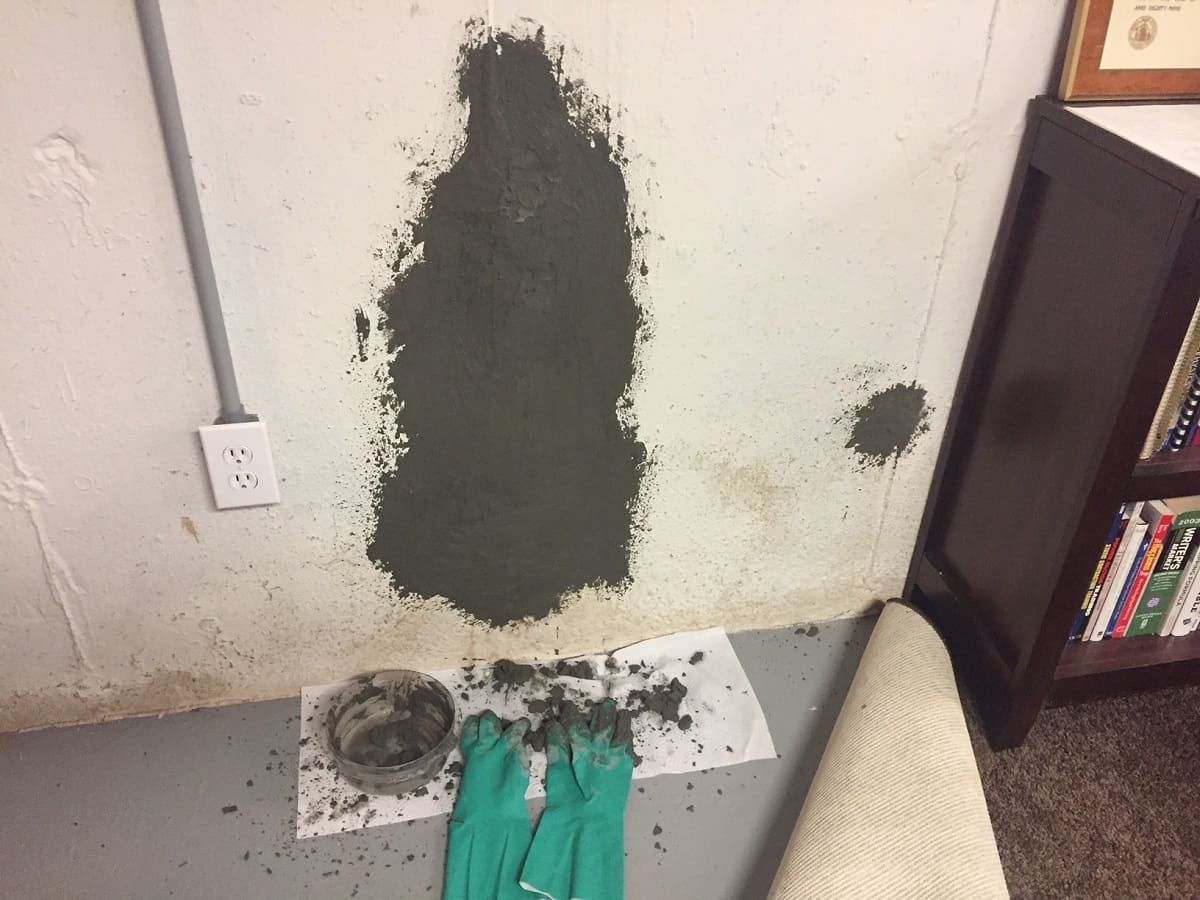
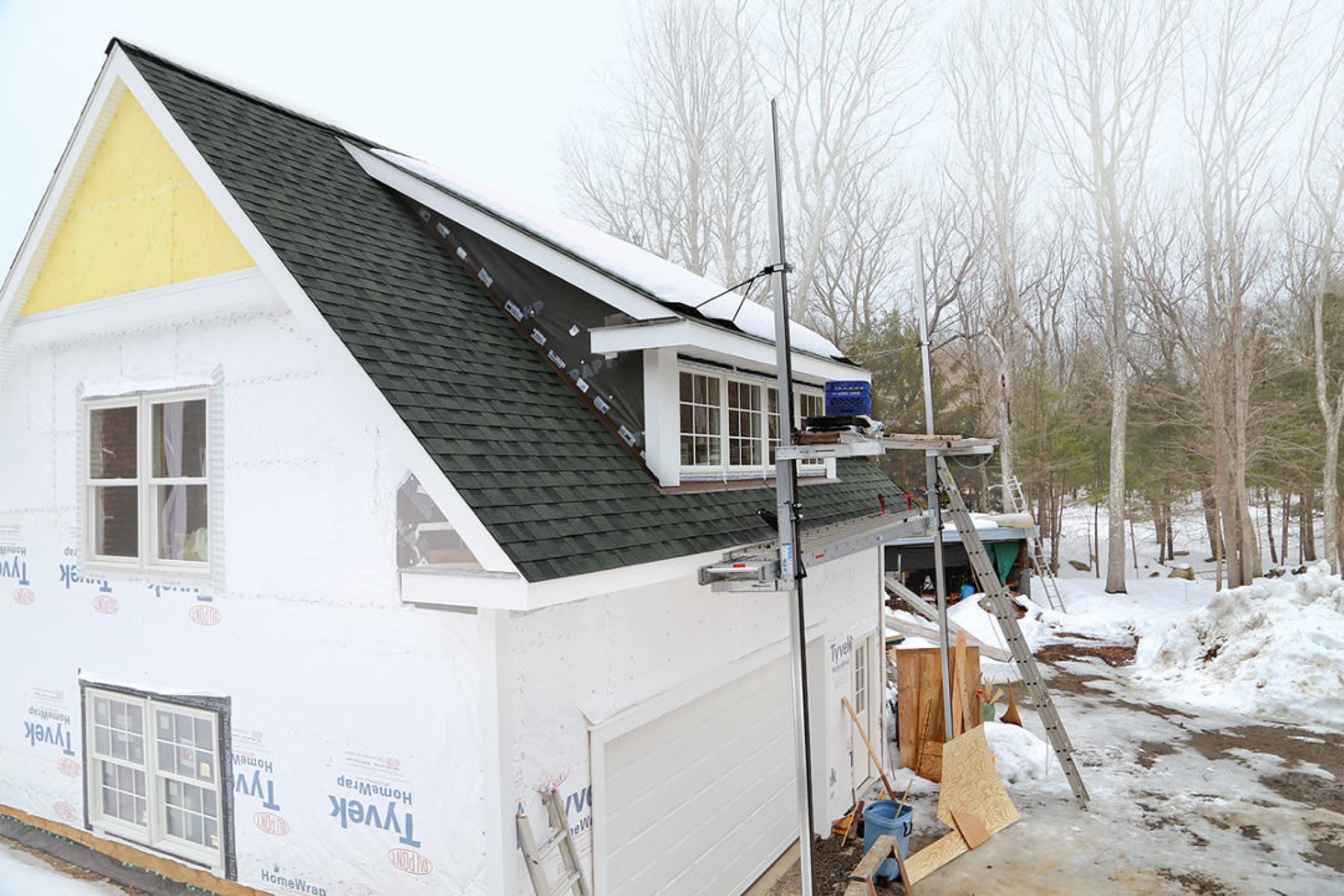
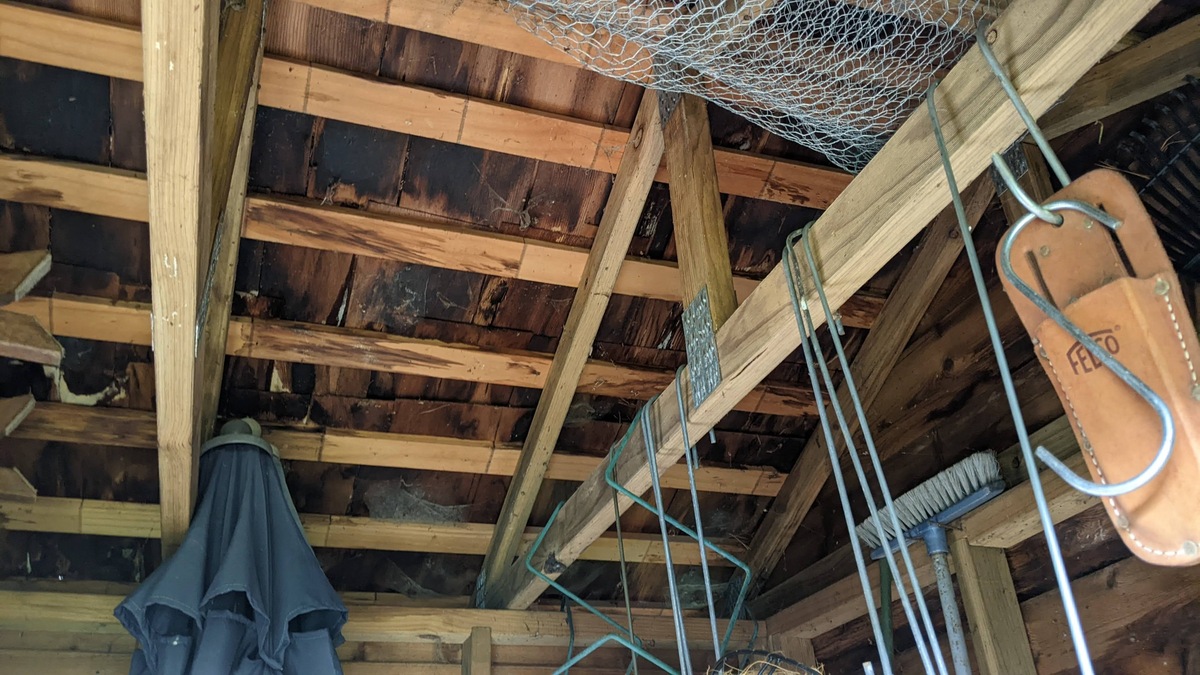
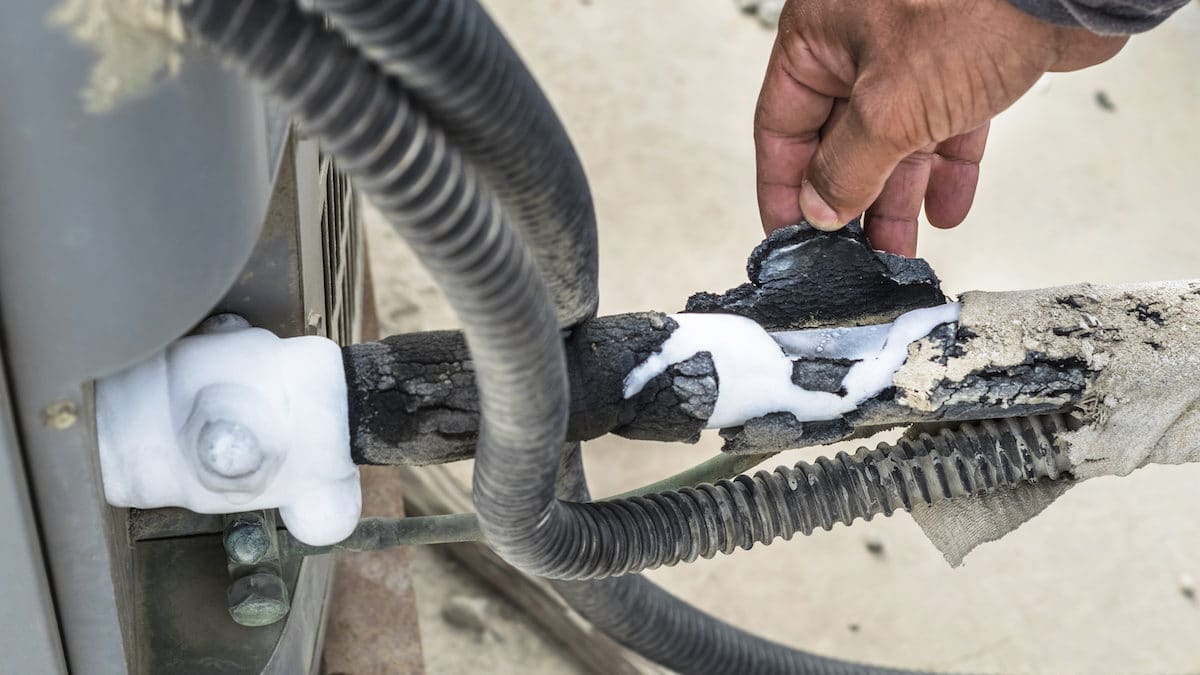
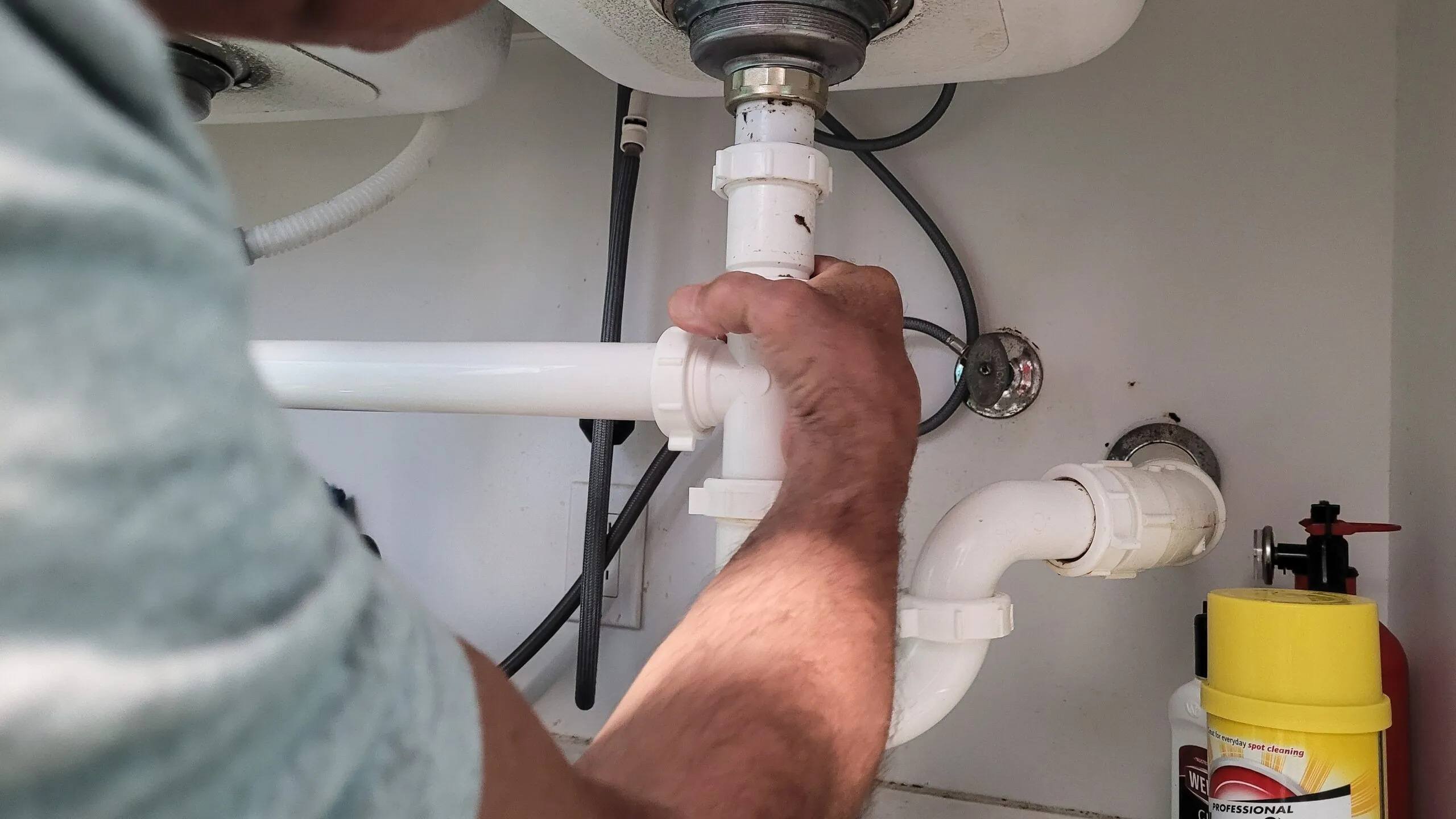
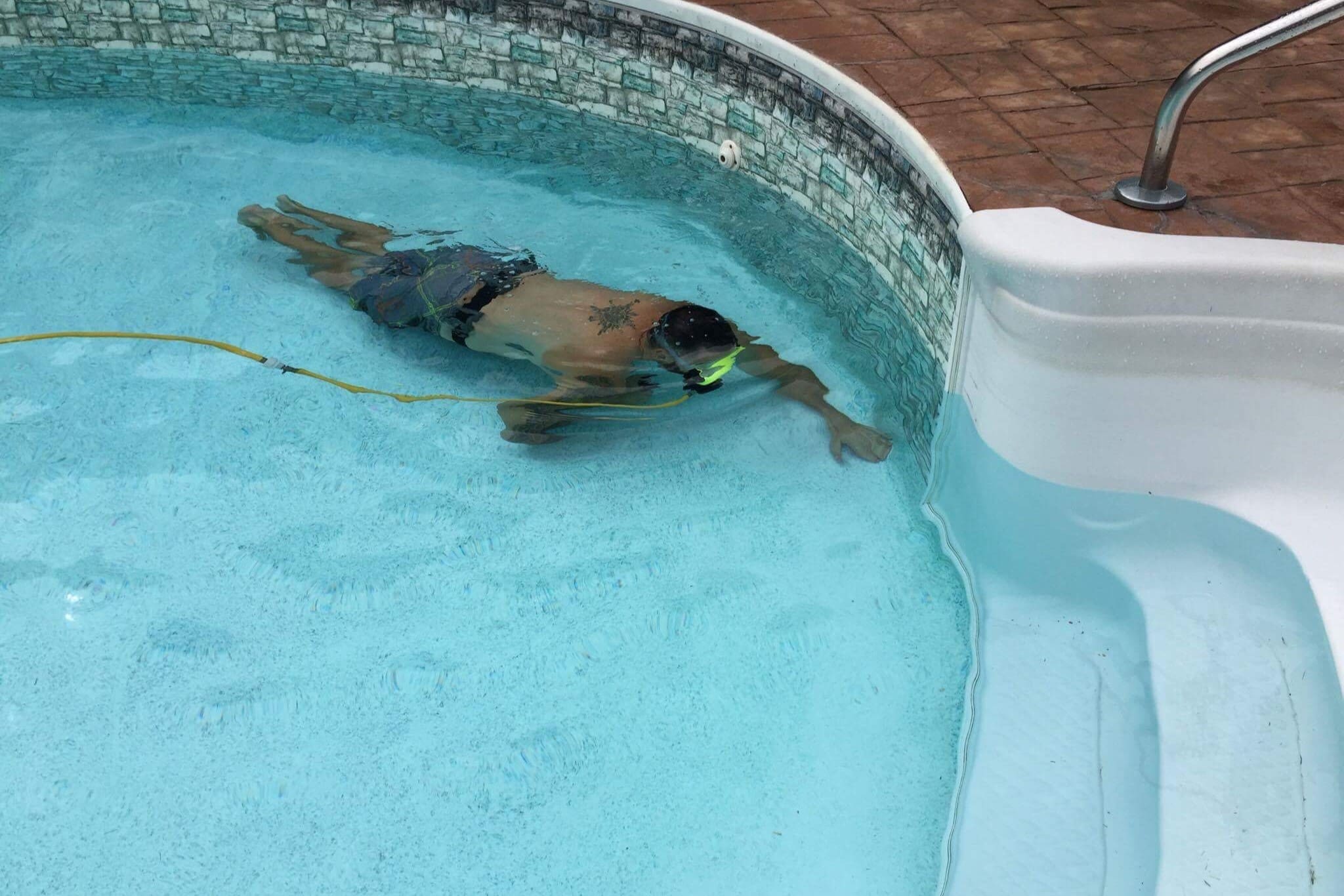
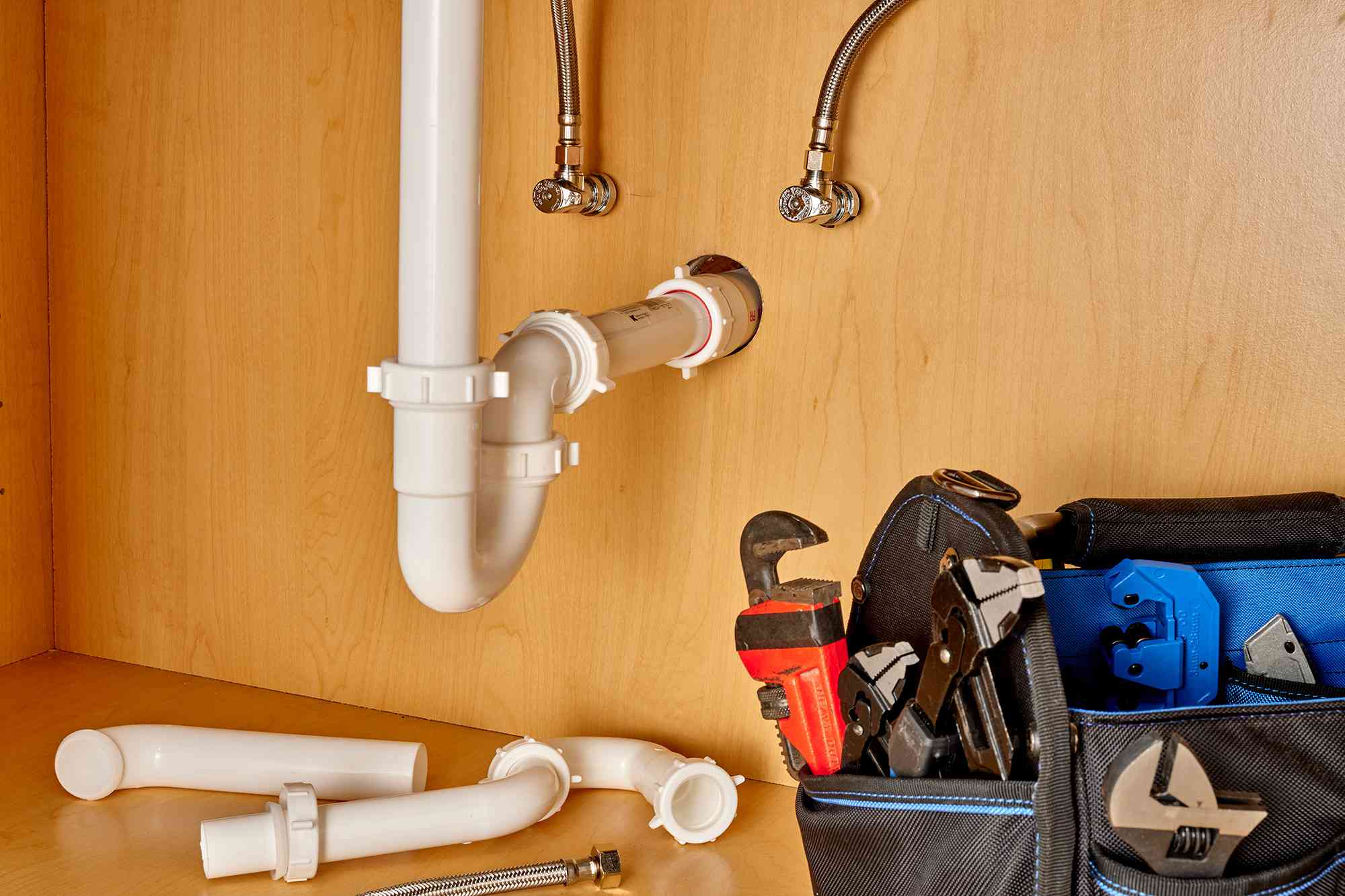
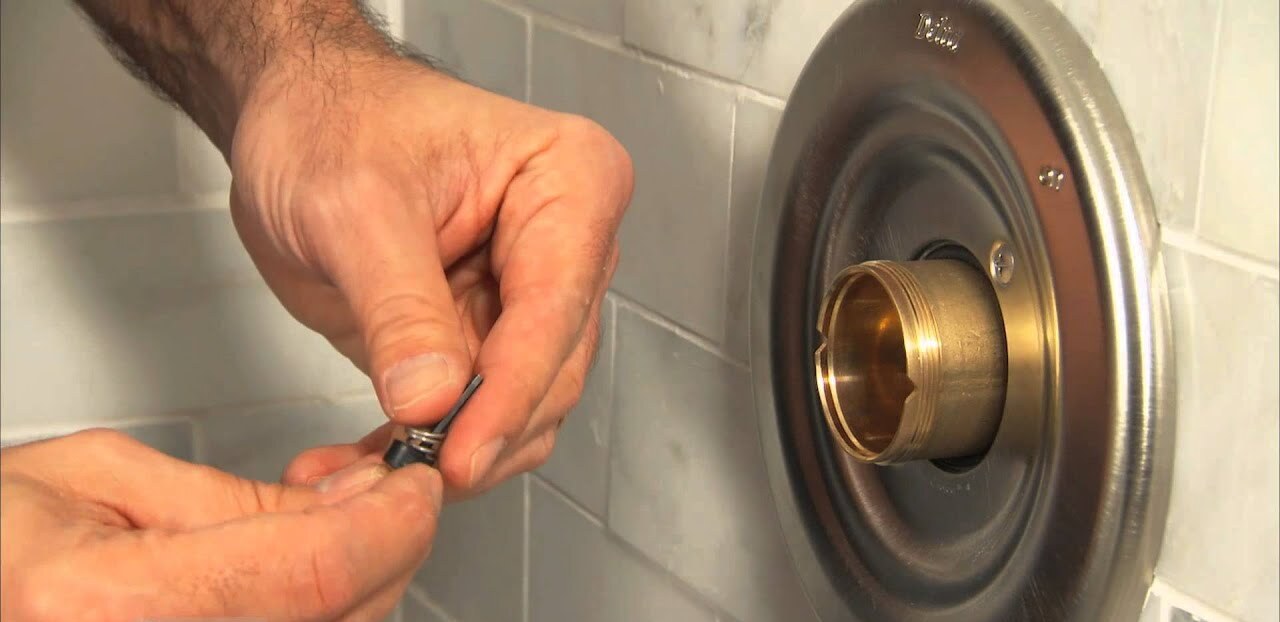

0 thoughts on “How To Fix A Leak In The Attic”